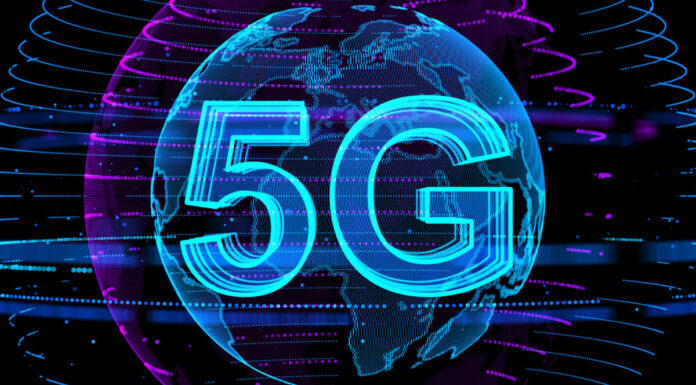5G supports real-time decision-making, cloud and edge adoption, and cyber readiness across mobile operations
Today, 4G LTE remains the dominant wireless communication standard across most federal agencies. It’s the backbone for mobile connectivity; supporting field communications, basic data transfers, and secure access to cloud platforms. Many agencies still rely heavily on 4G for daily operations, and because of its reliability and broad coverage, it continues to play a critical role in mission continuity. However, as requirements become more complex and data demands grow exponentially, 4G’s limitations are becoming more apparent.
As agencies across the federal government work to modernize their operations, improve service delivery, and strengthen national security, 5G has emerged as a foundational technology capable of reshaping the way government operates.
Bridging the IT modernization gap
Despite ambitious modernization goals and while roughly 85% of government and public sector decision makers are prioritizing emerging technologies over maintaining legacy systems, many agencies still struggle with aging infrastructure, resource constraints, and procurement hurdles. At the same time, citizen and federal workforce expectations have changed, requiring increased
sophistication with public sector technology programs to make that shift effectively. Mobile access, data-driven decision-making, and fast response times are now the norm.
5G helps close this gap by providing the performance and scalability required to support cloud adoption, edge computing, and more intelligent workflows. With ultra-low latency, enhanced reliability, and improved coverage in both remote and high-density areas, 5G supports the transition away from legacy systems toward more dynamic, data-centric operations while aligning with federal zero-trust mandates and secure cloud architectures.
Future-ready with 5G
Today’s federal workforce requires tools that support secure collaboration and access to data from challenging off-grid environments where connectivity is critical. In these contexts, 5G enables the field-ready performance needed to drive efficiency, security, and responsiveness. For example, the U.S. Department of Defense has invested more than $1.85 billion since 2020 to support 5G development and testing across smart warehousing, augmented reality training, and autonomous system development. These projects aren’t just pilots — they’re active steps toward creating a force that’s faster, smarter, and more connected.
Whether it’s enabling real-time drone telemetry, secure mobile logistics, or immersive training environments, 5G ensures speed, precision, and reliability — all critical to success in complex military and civilian missions alike.
Securing the signal
While speed and scalability are essential, security remains the top priority in federal IT, with roughly 67% of federal CIOs ranking cybersecurity among their top three areas for concern and attention in the industry. With more connected endpoints, agencies need airtight cybersecurity and encryption.
Fortunately, 5G was built with enhanced security protocols from the ground up. It incorporates stronger encryption, more robust authentication, and allows for the deployment of network slicing to isolate sensitive traffic and prevent lateral movement by potential attackers. In addition, 5G can improve the user experience of layered mandatory security requirements. For example, an estimated 72% of federal agencies in the U.S. today have begun implementing multi-factor authentication technology into their tech. For these agencies and institutions, this means they can confidently deploy mobile and edge-based operations with the assurance that their communications and data remain protected in sensitive environments without compromising speed or access.
Building the mission-ready network of the future
From base operations to field missions, 5G is fundamentally changing how the federal government connects, communicates, and protects. It’s not just a connectivity upgrade, it’s a catalyst for smarter decision-making, more efficient logistics, and enhanced cybersecurity.
Looking ahead, 5G’s impact will only deepen as infrastructure scales, devices evolve, and security protocols advance. For agencies seeking to modernize operations, 5G isn’t optional, it’s essential.

